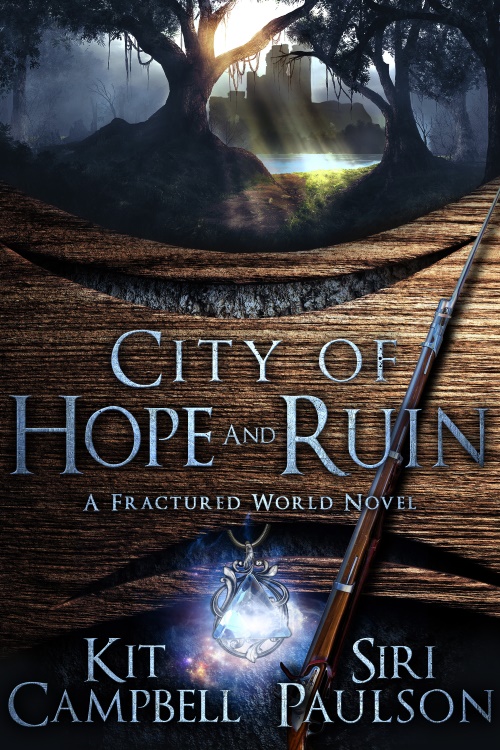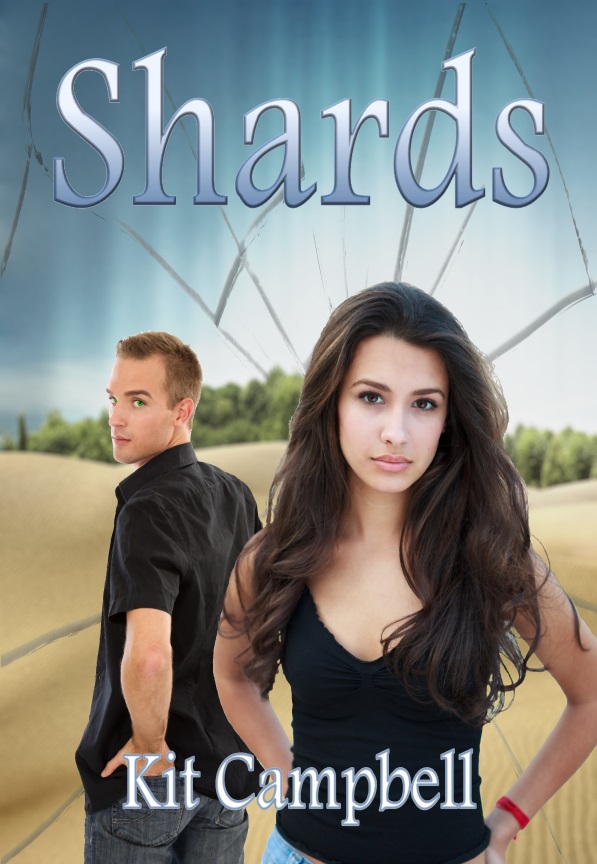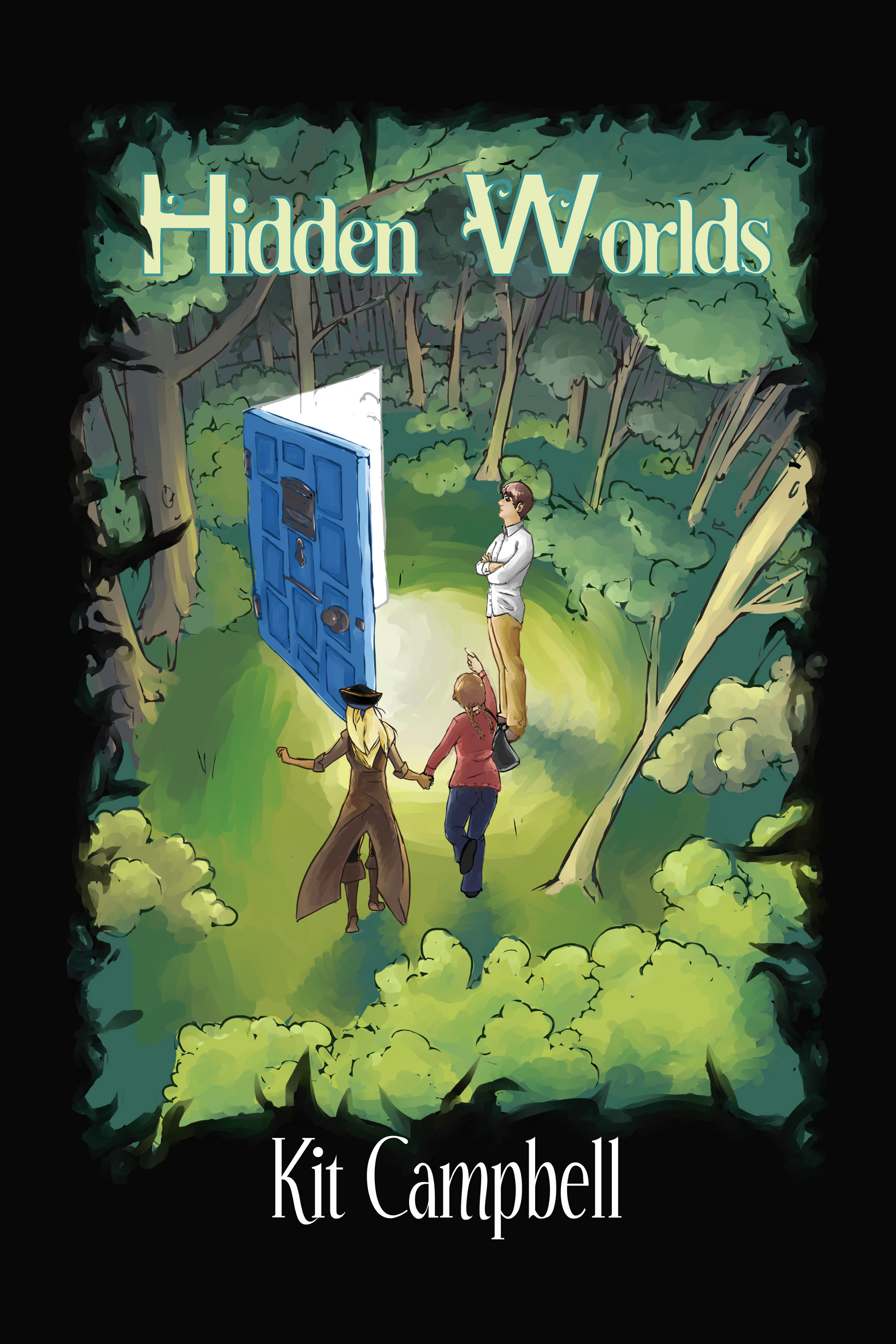Some time ago, Squiders, we discussed Premise and Plot. (That’s a fairly short post, but for those too lazy to click through, the basic gist is that a premise is the idea of the story, whereas the plot is the series of events in a story.)
Today we’re going to expand this a little and talk about structure. What is structure? The structure of a story is how the plot is presented. It’s chronology, viewpoints, tense. It’s when certain events happen in a story.
The plot doesn’t necessary vary based on structure, but the structure can make for very different stories with the same plot.
For example, let’s say we have a plot with plot points A, B, C, and D.
Story 1 is presented in a linear fashion, so A, B, C, and D are presented to the reader in the order they happen.
Story 2 is presented in a nonlinear fashion, so we start with C, go back to B, then back to A, and finish up with D.
Story 3 has multiple viewpoints, so character 1 presents their side of the story, and then character 2 presents their side.
Story 4 intertwines A, B, C, and D with a separate story of plot points E, F, G, and H, alternating between the two plots.
The plot points don’t change because the structure changes. The events still happen in the order they happen. What changes with the structure is merely the presentation.
Your story has a structure whether you think about it or not. Some people plan their structure out in advance, whereas others just happen.
Perhaps the most common structure in story-telling is the Three-Act structure, which consists of a beginning inciting incident, a middle section where conflict builds, and a final concluding section. There are, of course, other structures, and even Three-Act structures can vary, based on when the turning points in between acts fall. (Some people say the inciting incident should occur about 10% of the way through the story, while others say 25%, for example.)
A common variation of the Three-Act structure looks more like an increasing sine wave (sorry, engineer, don’t know how else to explain it) where a series of mini-climaxes accompany the act transitions, leading up to the final climax at the end of the story.
So.
Premise = idea
Plot = series of events
Structure = presentation of plot



